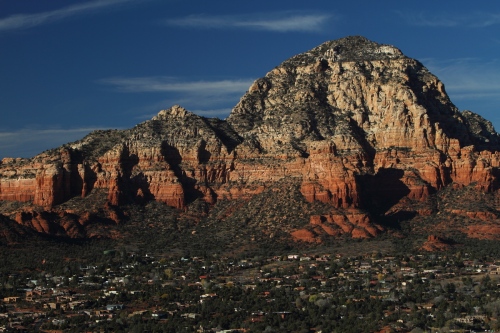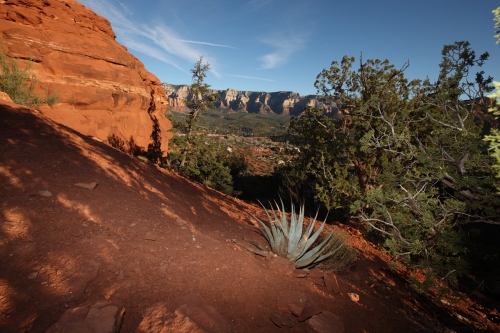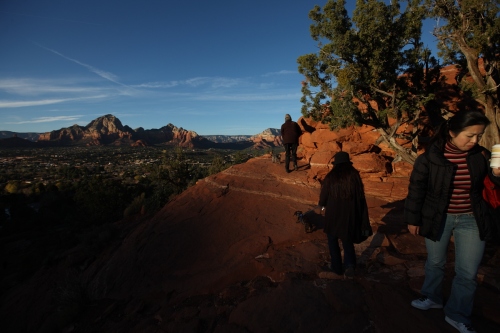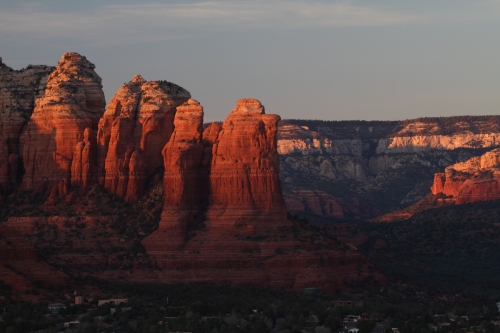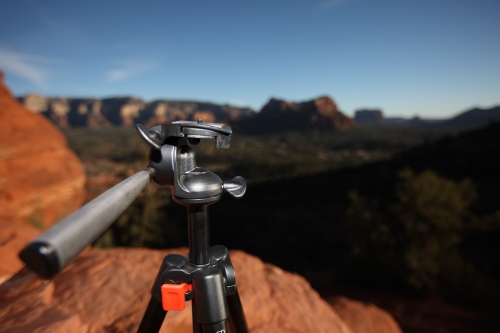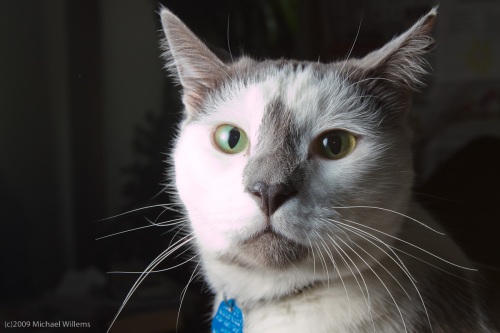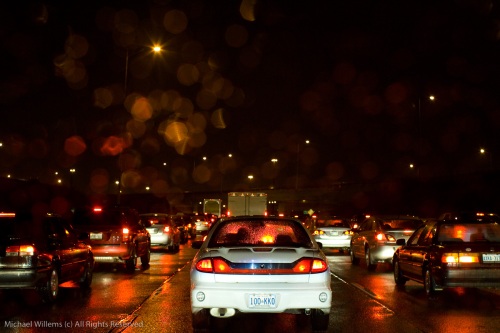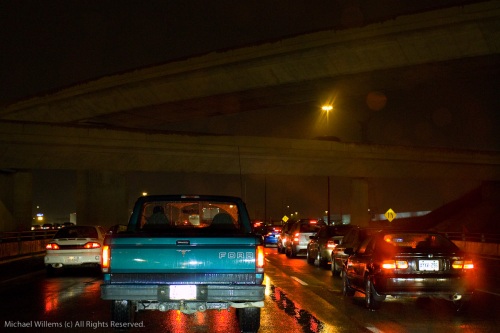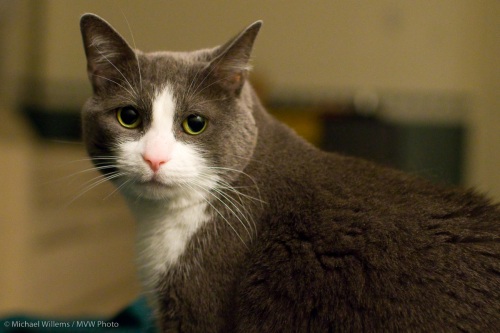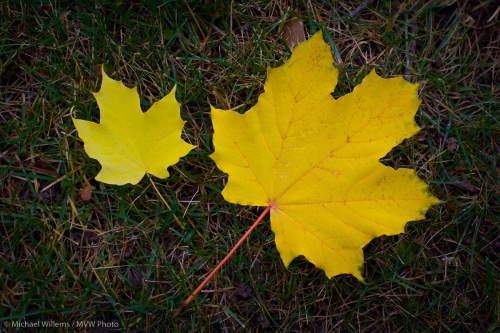A quick tip, today. All about filters.
- Yes you need them. When it starts raining, or in the snow, or in a sandstorm, you want your filter to be ruined, not your lens.
- But they cause flare, so you do not need them on all the time. I never use my filters except in rain etc. That’s right – normally, I use no filters.
- And polarizing filter (“Circular Polarizers”) are great to darken the sky: so you need them. But do not leave them on. They cut the light by a couple of stops! Only put them on when using them, then remove. This is a very common error: I see it all the time.
Oh and do use your lens hoods all the time.
Here’s a polariser picture:
In other words, I slightly darkened the sky by using a polarizer. This brings back the scene to the impressive one that I felt I saw.
Have fun!

